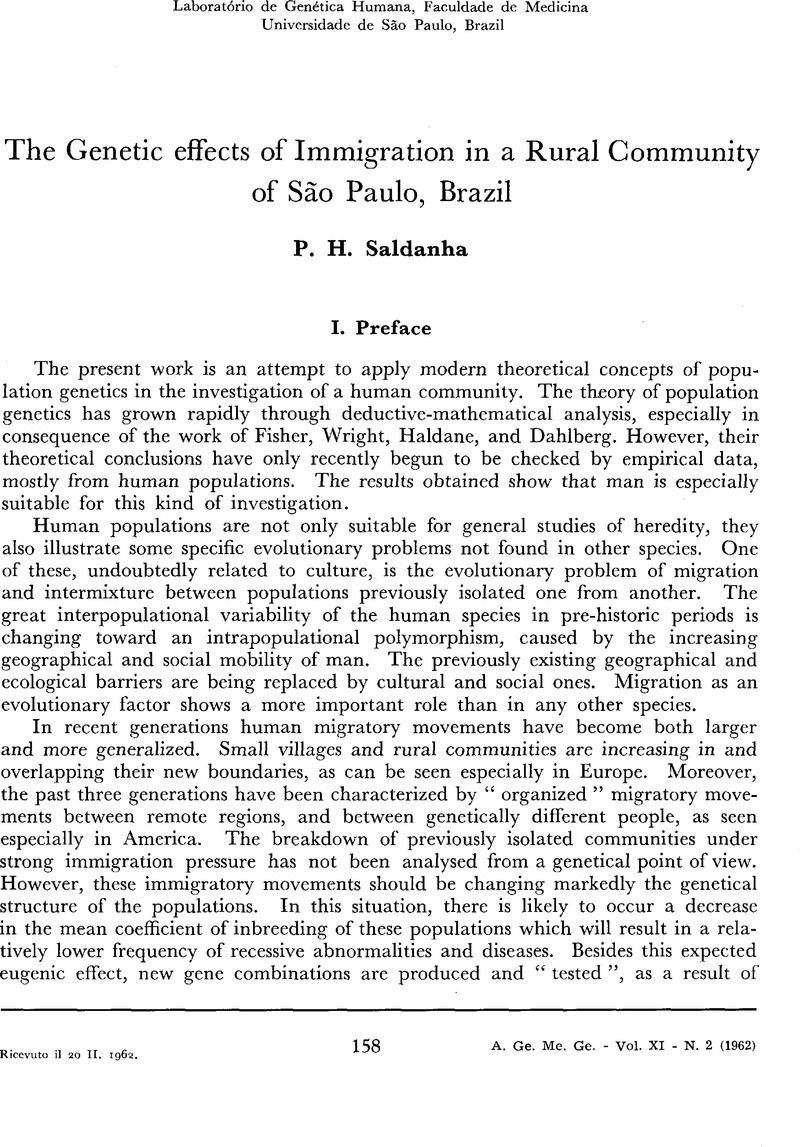Crossref Citations
This article has been cited by the following publications. This list is generated based on data provided by Crossref.
Saldanha, P. H.
and
Nacrur, J.
1963.
Taste thresholds for phenylthiourea among Chileans.
American Journal of Physical Anthropology,
Vol. 21,
Issue. 2,
p.
113.
Halberstein, Robert A.
and
Crawford, Michael H.
1974.
Anomalous color vision in three Mexican populations.
American Journal of Physical Anthropology,
Vol. 41,
Issue. 1,
p.
91.



